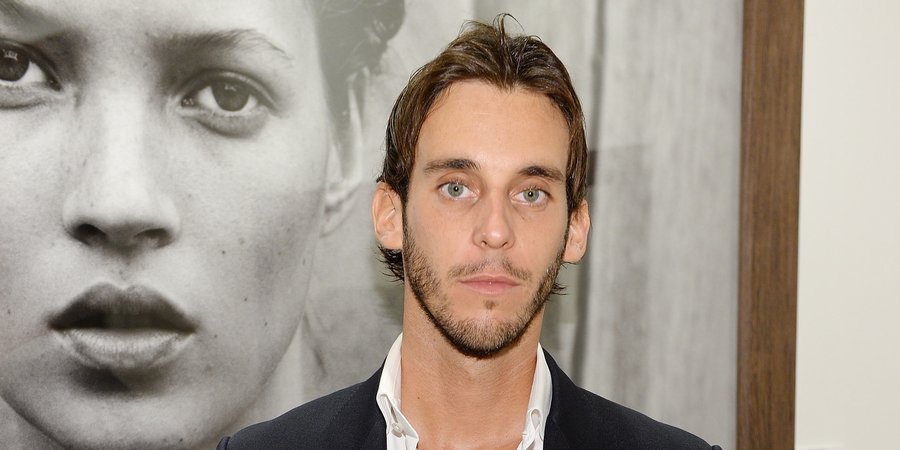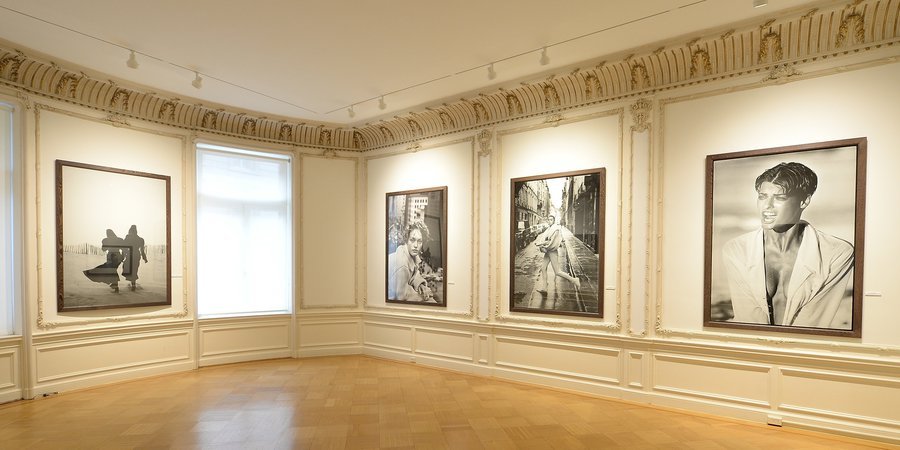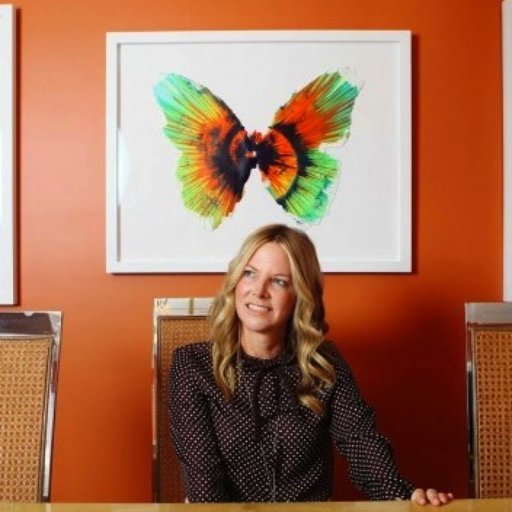The 28-year-old Vladimir Restoin Roitfeld has been running a private art dealership since 2008, promoting exhibitions of work by artists who range from emerging (Nicolas Pol) to established (Ouattara Watts) to re-emerging (Richard Hambleton). But the young art dealer is also well known as a fashion scion—he's the son of former French Vogue editor Carine Roitfeld—and, for his latest endeavor, he has returned to his roots. Open through October 4, Restoin Roitfeld is presenting 35 large-scale black-and-white fashion photographs by Vogue mainstay Peter Lindbergh at the young dealer's Manhattan project space, 5A East 78th Street.
Restoin Roitfeld spoke to Artspace about his transition into the art business, which young artists he's most interested in now, and why the art world ought to give fashion photography a closer look.
How does it feel to revisit fashion photography, a field you know must understand somewhat intrinsically?
I have always wanted to work on an exhibition with a fashion photographer, so collaborating on this exhibition with Peter Lindbergh is a dream opportunity. Peter is one of the most iconic and important living fashion photographers of this time. Clearly, it's a field where I feel comfortable, as it is very close to the environment of my upbringing. But, above all, I am extremely flattered that Peter chose me to present his most important New York exhibition.
Do you think fashion photography deserves a more serious look in the art world?
Absolutely. I think the art world perceives fashion photography as technical, commercial, superficial, and purely aesthetic, and therefore undeserving of critical analysis. While there is no denying that fashion photography has a commercial element, that does not mean photographers are not thinking about “photographic seeing,” the history of portraiture, and stylistic concerns, in addition to a host of other artistic strategies. If fashion photography was not rooted in selling a product for a brand, I think the art world would be less dismissive of the medium.
In what ways has Peter Lindbergh’s work bridged this gap between art and fashion?
In Peter’s work, it has always been about the subject or model, not necessarily the clothes. He is very adept at being able to prioritize the subject without abandoning the style of fashion photography. He made his mark in the industry more than 20 years ago by refusing to photograph models in the style of the day. An example of this is an iconic photograph of Christy Turlington, Estelle Lefebure, Karen Alexander, Linda Evangelista, Rachel Williams, and Tatjana Patitz for American Vogue. This image set a new precedent, illustrating the myriad of ways one can play with fashion photography. Peter is really an artist who works in the fashion industry, bringing an art aesthetic to all of his work.
An audio recording of a reading by Pulitzer Prize-nominated poet Forrest Gander plays in the exhibition space. What is the connection between Gander and Lindbergh?
The connection is through Peter. As mutual admirers, they hold up a creative mirror to each other, and there is an exciting chemistry between them in the context of the exhibition, particularly between Peter's iconic images and Forrest's complex and introverted verses.From what I understand, the idea to collaborate developed due to Peter’s appreciation for Forrest’s poems, and because Forrest is from the Mohave desert, which is the location of many of Peter’s images.
For years, you adopted a pop-up model to host exhibitions. What made you decide to open a brick-and-mortar space earlier this year?
After organizing exhibitions globally for the past few years with a small and select group of artists, I began to realize that I needed to be consistent to foster long-term relationships with artists, collectors, curators, and other professionals working in contemporary art. The space on 78th street is not a gallery; it is a private and intimate project space that allows me, throughout the year, to work with artists and offer them a new platform to showcase their work.
Dealers and collectors inspire me, as do other professionals working in the field, and all for different reasons which are too extensive to name here. But one person who stands out is Leo Castelli. He had an amazing eye for talent and was not afraid to take risks. However, my daily inspiration comes from meeting with artists, talking to them about their work and seeing how they make things in the studio. Part of me wishes I could do studio visits all day, but that would not be a very practical business decision.
What kind of art do you personally like to collect, and who are some of the artists you are most interested in right now?
I think it is important as a young dealer to support the young artist community. Therefore, I pay a good deal of attention to the up-and-coming talent in the art world. When the opportunity comes to buy and collect their works, I do so. As for artists, right now I am interested in the works of Lucien Smith, Jeff Elrod, and David Ostrowski.
Were there any particular artists or exhibitions that made you realize you wanted to pursue a career in the art industry?
I originally wanted to work in the movie industry. After graduating from the University of Southern California, I worked in Hollywood for a talent agency and a production company. After working in the industry, I realized that it was too political and distant from day-to-day creativity. Having grown up in an artistic environment, I felt the need to work closely with creative people. In 2008, an opportunity arose to work with a close friend who was a young painter, so I decided to move back to New York to dedicate time to creating his first important exhibition, which took place in Paris in June of that year. The whole experience was an eye-opener. I loved every angle of it—both the creative and human sides—as well as the commercial and business aspects. Since then, I have decided to focus my efforts on working with artists, creating their exhibitions and promoting their work.
In a city that can sometimes seem like it's overflowing with galleries, are there any gaps that you hope to fill, or any perspective that you'd like to add to the conversation?
Just to reiterate, the space on 78th Street is not a gallery, but more of an intimate project space in a beautiful townhouse that, unlike traditional galleries, has limited public hours and is open mostly by appointment only. I do not see the space as attempting to fill any existing gaps, but I do want to show artists in an environment that is dynamic, fresh, and new.
To see photos from Vladimir Restoin Roitfeld's new Peter Lindbergh show, click the slide show above.































